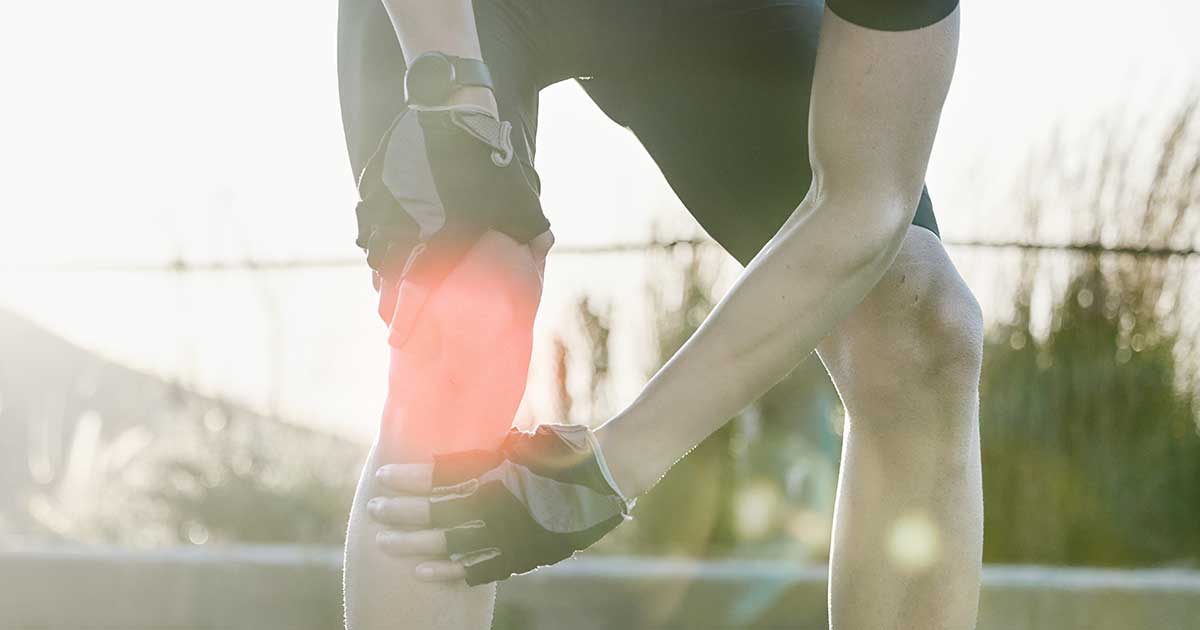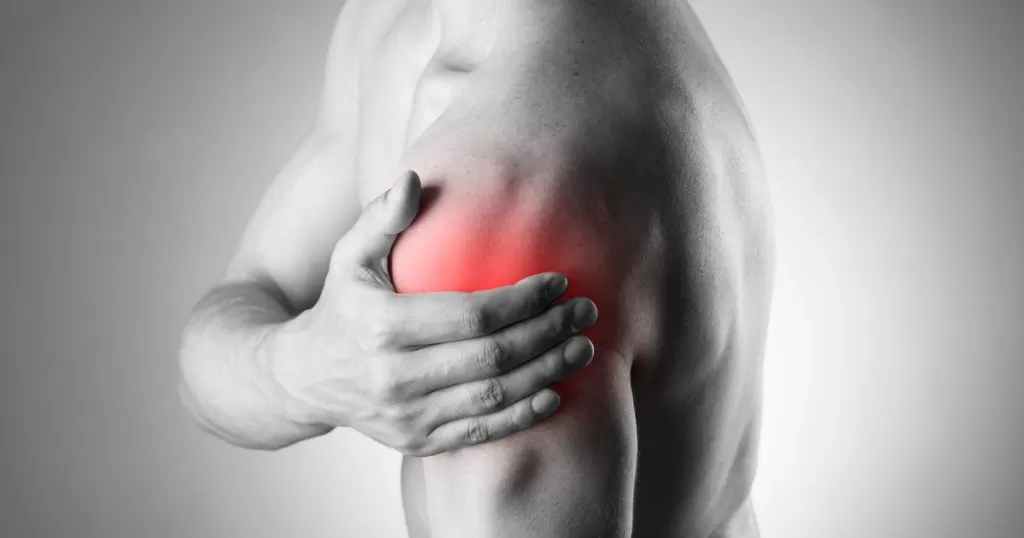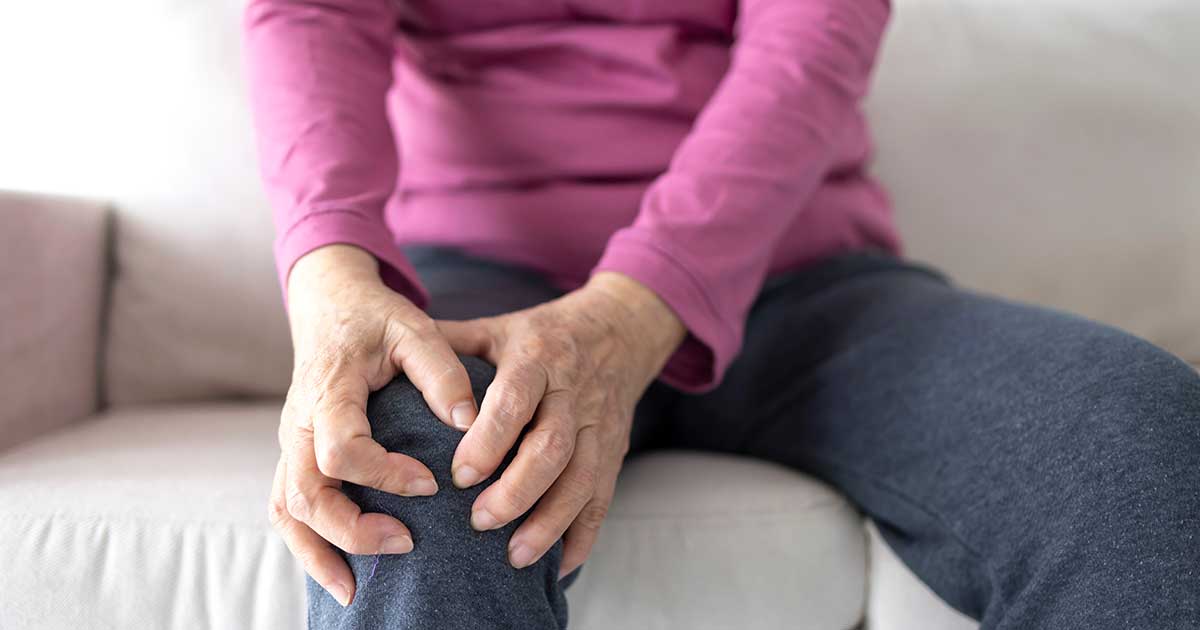
Rotator Cuff Injury
Home > Health Info > Health Articles

Overview
Rotator cuff injuries are common, especially as people get older. Physical therapy, rest, and anti-inflammatories can all help. In some circumstances, a torn rotator cuff needs surgery to fix.
A set of muscles and tendons in your shoulder is known as the rotator cuff. They assist you in lifting your arms away from your body and moving them away from your body. The rotator cuff is a ligament that holds the ball of the upper arm bone (humerus) in place in the shoulder blade socket.
The shoulder is a skeletal system joint that consists of a ball and socket joint. Tendons pull away from the arm bone, causing rotator cuff tears. Overuse or other damage might cause a tear.
Anatomy
The three bones that make up your shoulder are the humerus (upper arm bone), scapula (shoulder blade), and clavicle (collarbone). The ball, or head, of your upper arm bone fits into the shallow socket in your shoulder blade, forming a ball-and-socket joint.
 The essential components of the shoulder are highlighted in this picture.
Your rotator cuff keeps your arm in its shoulder socket. The rotator cuff is a group of four muscles that form a covering around the head of the humerus via tendons. The rotator cuff connects the humerus to the shoulder blade and aids in arm lift and rotation.
The essential components of the shoulder are highlighted in this picture.
Your rotator cuff keeps your arm in its shoulder socket. The rotator cuff is a group of four muscles that form a covering around the head of the humerus via tendons. The rotator cuff connects the humerus to the shoulder blade and aids in arm lift and rotation.
 The rotator cuff tendons assist you to raise and rotate your arm covering the head of the humerus (upper arm bone).
Between the rotator cuff and the bone on top of your shoulder is a lubricating sac called a bursa (acromion). The bursa allows the rotator cuff tendons to travel smoothly as you rotate your arm. When the rotator cuff tendons are ripped or injured, this bursa can become inflamed and painful.
Description
The tendon no longer entirely connects to the head of the humerus when one or more of the rotator cuff tendons is damaged.
The supraspinatus tendon is the most commonly torn, however other portions of the rotator cuff may also be affected.
In many cases, torn tendons begin by fraying. The tendon might totally tear as the injury proceeds, which can happen when lifting a big object.
There are different types of tears.
The rotator cuff tendons assist you to raise and rotate your arm covering the head of the humerus (upper arm bone).
Between the rotator cuff and the bone on top of your shoulder is a lubricating sac called a bursa (acromion). The bursa allows the rotator cuff tendons to travel smoothly as you rotate your arm. When the rotator cuff tendons are ripped or injured, this bursa can become inflamed and painful.
Description
The tendon no longer entirely connects to the head of the humerus when one or more of the rotator cuff tendons is damaged.
The supraspinatus tendon is the most commonly torn, however other portions of the rotator cuff may also be affected.
In many cases, torn tendons begin by fraying. The tendon might totally tear as the injury proceeds, which can happen when lifting a big object.
There are different types of tears.
 The essential components of the shoulder are highlighted in this picture.
Your rotator cuff keeps your arm in its shoulder socket. The rotator cuff is a group of four muscles that form a covering around the head of the humerus via tendons. The rotator cuff connects the humerus to the shoulder blade and aids in arm lift and rotation.
The essential components of the shoulder are highlighted in this picture.
Your rotator cuff keeps your arm in its shoulder socket. The rotator cuff is a group of four muscles that form a covering around the head of the humerus via tendons. The rotator cuff connects the humerus to the shoulder blade and aids in arm lift and rotation.
 The rotator cuff tendons assist you to raise and rotate your arm covering the head of the humerus (upper arm bone).
Between the rotator cuff and the bone on top of your shoulder is a lubricating sac called a bursa (acromion). The bursa allows the rotator cuff tendons to travel smoothly as you rotate your arm. When the rotator cuff tendons are ripped or injured, this bursa can become inflamed and painful.
Description
The tendon no longer entirely connects to the head of the humerus when one or more of the rotator cuff tendons is damaged.
The supraspinatus tendon is the most commonly torn, however other portions of the rotator cuff may also be affected.
In many cases, torn tendons begin by fraying. The tendon might totally tear as the injury proceeds, which can happen when lifting a big object.
There are different types of tears.
The rotator cuff tendons assist you to raise and rotate your arm covering the head of the humerus (upper arm bone).
Between the rotator cuff and the bone on top of your shoulder is a lubricating sac called a bursa (acromion). The bursa allows the rotator cuff tendons to travel smoothly as you rotate your arm. When the rotator cuff tendons are ripped or injured, this bursa can become inflamed and painful.
Description
The tendon no longer entirely connects to the head of the humerus when one or more of the rotator cuff tendons is damaged.
The supraspinatus tendon is the most commonly torn, however other portions of the rotator cuff may also be affected.
In many cases, torn tendons begin by fraying. The tendon might totally tear as the injury proceeds, which can happen when lifting a big object.
There are different types of tears.
- Partial tear. An incomplete tear is another name for this sort of tear. The tendon has been injured, but it is not completely severed.
- Full-thickness tear. A full tear is another name for this type of rip. It separates the tendon from the bone completely. There is essentially a hole in the tendon with a full-thickness rip.
- Bone spurs: On the top of the shoulder bone, bony growths can occur. When you elevate your arm, the bone spurs rub against the tendon. Friction between the bone and the tendon is caused by this shoulder impingement. A partial or complete tear may develop at some point.
- Decreased blood flow: As you become older, blood flow to the rotator cuff declines. Your muscles and tendons require a steady supply of blood to repair themselves. The tendons can tear if they don’t get enough blood.
- Overuse: Repetitive shoulder movements in sports or at work can cause a tear in the muscles and tendons.
- Shoulder difficulties or rotator cuff injuries in the family.
- Poor posture.
- Smoking.
- Being age 40 or older.
- Carpenters.
- Mechanics.
- Painters.
- Athletes who play baseball, softball, tennis, or are members of a rowing crew, both amateur and professional.
- shoulder weakness
- not wanting to move your shoulder
- shoulder pain, especially when you lift, pull, and reach behind your back or overhead
- a reduction in the range of motion of your shoulder joint
- Rest. Rest and reducing overhead activity may be recommended by your doctor who may also suggest that you wear a sling to help protect and stabilize your shoulder.
- Activity modification. Shoulder-inducing activities should be avoided.
- Nonsteroidal anti-inflammatory medications (NSAIDs). Ibuprofen, aspirin, and naproxen are anti-inflammatory medications that relieve pain and swelling.
- Physical treatment and strengthening exercises Specific exercises can help you regain movement in your shoulder and strengthen it. Stretching will be part of your workout to enhance flexibility and range of motion. The muscles that support your shoulder can be strengthened to ease pain and avoid further injury.
- Injection of steroid An injection of a local anesthetic and a cortisone preparation may be useful if rest, drugs, and physical therapy did not relieve your discomfort. Cortisone is a powerful anti-inflammatory drug, however it is not appropriate for everyone.
- You’ve had your symptoms for 6 to 12 months
- You have a substantial tear (greater than 3 cm) with good surrounding tissue quality
- You have considerable shoulder weakness and loss of function
- A recent, acute injury caused your tear.
Share :




